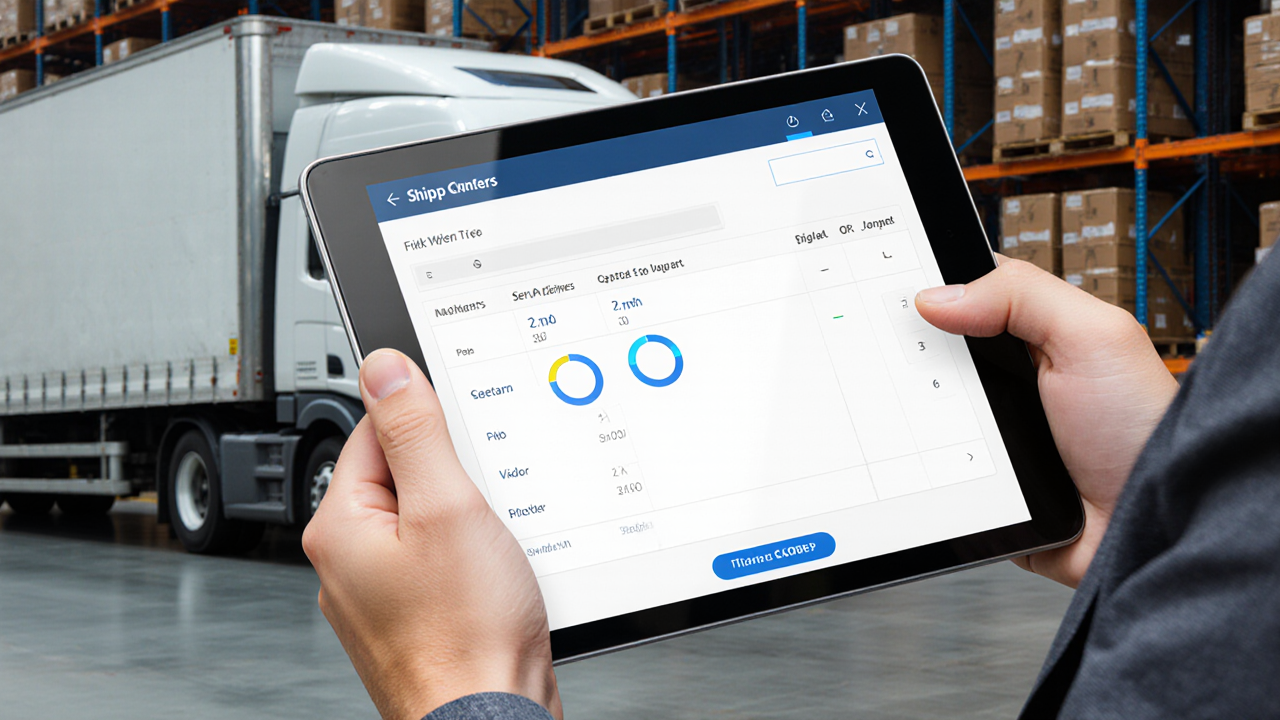
The rise of on‑demand pickup platforms, modeled after the familiar ride‑share experience, is reshaping how shippers interact with logistics partners. By offering a single digital interface for booking, tracking, and payment, these platforms reduce administrative friction and accelerate order fulfillment. Early adopters report 30 % faster pickup times and a noticeable drop in missed pickups, translating into higher customer satisfaction. For supply chain leaders, the promise is clear: a leaner, more responsive network that aligns directly with market demand.
Industry executives are now prioritizing the integration of flexible, modular platforms that can be deployed across multiple regions without extensive re‑engineering. This shift is driven by the need to maintain service continuity during peak periods while keeping capital expenditures under control. Many firms are partnering with technology providers to embed real‑time visibility and predictive analytics into the pickup workflow, ensuring that capacity is matched precisely to demand. The result is a more resilient network that can adapt to sudden spikes without compromising on cost or speed.
The backbone of any successful on‑demand pickup solution is a robust digital ecosystem that unifies IoT sensors, cloud analytics, and mobile interfaces. Edge devices installed on trucks capture real‑time location and condition data, feeding into a central platform that aggregates and analyzes the information. This seamless flow enables proactive maintenance, dynamic scheduling, and instant dispute resolution. As the industry moves toward greater automation, the ability to scale these technologies without compromising data integrity will distinguish the leaders from the followers.
Beyond cost savings, ride‑share inspired pickup models contribute to a greener supply chain. By consolidating shipments and optimizing routes, the number of vehicle miles traveled per parcel drops significantly. This efficiency translates into measurable reductions in greenhouse‑gas emissions, aligning with corporate sustainability targets. Companies that embed environmental metrics into their pickup KPIs can demonstrate tangible progress to stakeholders while maintaining competitive pricing.
To capitalize on these trends, supply chain executives should first assess their existing pickup processes for bottlenecks and data gaps. Next, invest in a modular platform that offers API connectivity, allowing rapid integration with existing ERP and TMS systems. Allocate resources to build a data science capability that can transform raw sensor inputs into predictive insights. Finally, establish clear sustainability benchmarks and tie them to performance incentives for drivers and partners. By following this roadmap, leaders can create a pickup network that is not only faster and cheaper but also more resilient and environmentally responsible.
Loading comments...